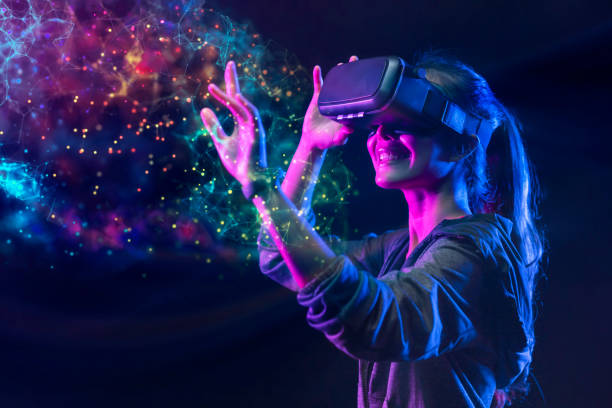From Virtual to Reality: The Emergence of Augmented Reality in Everyday Tech
Augmented reality (AR) is no longer just a concept for sci-fi enthusiasts and tech geeks. It has leaped off the pages of fiction and into the palms of our hands, revolutionizing the way we interact with technology and the world around us. This article will delve into the fascinating journey of AR, from its conceptual origins to its current applications and future potential.

The Past: Painting the AR Landscape
The history of augmented reality is a compelling tale of technological innovation and human ingenuity. The concept first came to light in 1968 when Ivan Sutherland, a pioneer in computer graphics, developed a head-mounted display system that could overlay virtual objects on the real world. This groundbreaking invention laid the foundation for the development of AR technologies. However, it wasn’t until the 1990s that the term “Augmented Reality” was coined by Tom Caudell, a researcher at Boeing.
The Present: AR in the Palm of Your Hand
Today, AR has become a common feature in many of our everyday technologies. From social media filters that add virtual elements to our selfies, to navigation apps that overlay directions onto the real world, AR has seamlessly integrated into our digital lives. Tech giants like Apple, Google, and Microsoft are investing heavily in AR, seeing its potential to revolutionize various sectors, from gaming and entertainment to education and healthcare.
AR in the Market: A Price Worth Paying?
As AR technology continues to evolve, it’s becoming more accessible and affordable for consumers. While high-end AR glasses like Microsoft’s HoloLens 2 are priced at a hefty $3500, other AR products cater to a more budget-friendly market. Google Cardboard, a simple VR and AR viewer, can be bought for around $15, making AR a technology that’s within reach for many. The market for AR is predicted to reach a staggering $198 billion by 2025, reflecting its growing popularity and widespread adoption.
The Future: AR’s Limitless Potential
AR’s journey is far from over. Its potential applications are vast and varied. In the medical field, AR could be used for complex surgical procedures, providing doctors with a real-time overlay of patient data. In education, AR could transform learning, making it more interactive and immersive. In the realm of entertainment, AR could take gaming and movie experiences to new heights.
A Reality Augmented
In a world where technology is constantly evolving, AR stands as a testament to our unending quest for innovation. It’s a vivid reminder of how far we’ve come and an exciting glimpse into what’s yet to come. As we continue to blur the lines between the virtual and the real, AR is set to redefine our interaction with technology and the world around us.
Augmented reality has come a long way since its conceptual origins. It has moved from the realm of the possible to the actual, altering the way we perceive and interact with the world. As we stand on the brink of the AR revolution, it’s clear that this technology is not just a passing trend but a key player in the future of tech.





